Archives
- 2025-12
- 2025-11
- 2025-10
- 2025-09
- 2025-03
- 2025-02
- 2025-01
- 2024-12
- 2024-11
- 2024-10
- 2024-09
- 2024-08
- 2024-07
- 2024-06
- 2024-05
- 2024-04
- 2024-03
- 2024-02
- 2024-01
- 2023-12
- 2023-11
- 2023-10
- 2023-09
- 2023-08
- 2023-07
- 2023-06
- 2023-05
- 2023-04
- 2023-03
- 2023-02
- 2023-01
- 2022-12
- 2022-11
- 2022-10
- 2022-09
- 2022-08
- 2022-07
- 2022-06
- 2022-05
- 2022-04
- 2022-03
- 2022-02
- 2022-01
- 2021-12
- 2021-11
- 2021-10
- 2021-09
- 2021-08
- 2021-07
- 2021-06
- 2021-05
- 2021-04
- 2021-03
- 2021-02
- 2021-01
- 2020-12
- 2020-11
- 2020-10
- 2020-09
- 2020-08
- 2020-07
- 2020-06
- 2020-05
- 2020-04
- 2020-03
- 2020-02
- 2020-01
- 2019-12
- 2019-11
- 2019-10
- 2019-09
- 2019-08
- 2019-07
- 2019-06
- 2019-05
- 2019-04
- 2018-11
- 2018-10
- 2018-07
-
Methods br Results br Discussion
2021-03-16
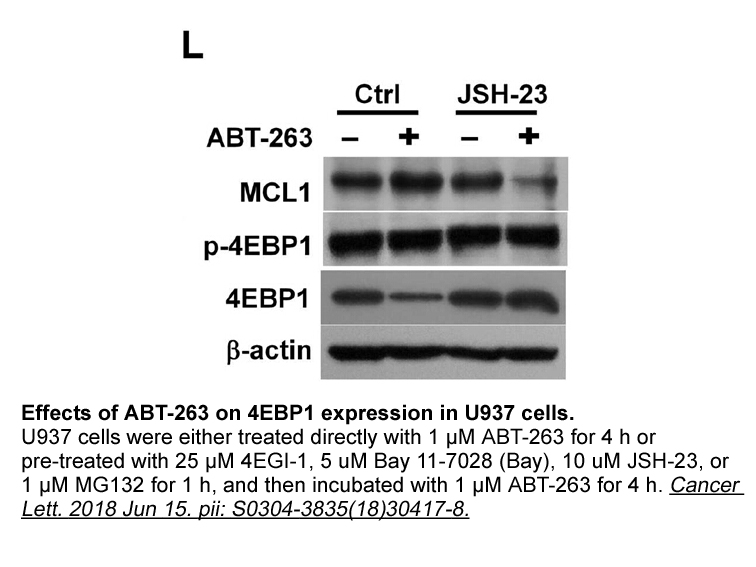
Methods Results Discussion In this study we make the novel observation that villin-1 and gelsolin are down-regulated in response to diverse cellular stressors, including bacteria associated with the pathogenesis of CD. The high plasticity and dynamics of the Cetrorelix cytoskeleton are exploi
-
br Guidance of B cell localization by EBI
2021-03-16
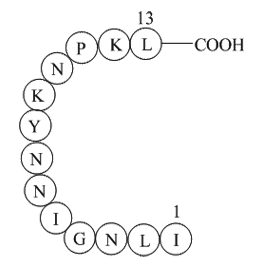
Guidance of B cell localization by EBI2 EBI2 expression and B cell disease Although chemoattractant receptors of the GPR family play essential roles in coordinating the migration of lymphocytes for efficient responses against pathogens, their dysregulation can result in the initiation or progr
-
The component E of PDHc PDHc E
2021-03-16
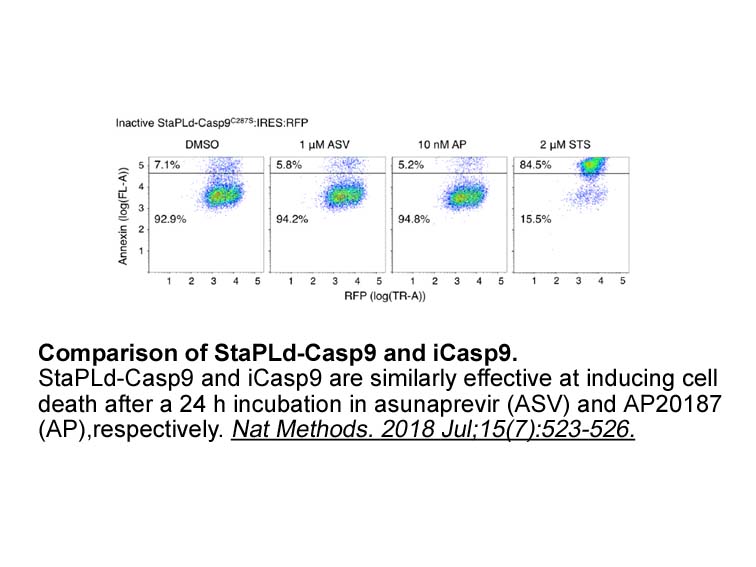
The component E1 of PDHc (PDHc-E1) catalyzes the first step of multistep processes, using thiamine diphosphate (ThDP) and Mg2+ as cofactors.15, 16 Especially, this PDHc-E1 catalyzed process is a rate limiting step among multistep processes. Accordingly, the PDHc should be inactive by inhibiting the
-
aminoisobutyric acid BAIBA is a natural
2021-03-16

β-aminoisobutyric A 350619 hydrochloride mg (BAIBA) is a natural catabolite of the branched-chain amino acid thymine. BAIBA was recently found to reduce inflammation in skeletal muscle via the AMP-activated protein kinase (AMPK)-peroxisome proliferator-activated receptor (PPAR)δ signaling pathway.
-
Db model cells showed various aberrant
2021-03-16

Db model cells showed various aberrant phenotypes that seemed to reflect the pathological abnormalities found under diabetic conditions. First, in Db model cells after insulin stimulation, we found the inhibition of the transcriptional repression of the gluconeogenic genes, PCK1 and G6PC, and aberra
-
The overall shape of p iSH
2021-03-16
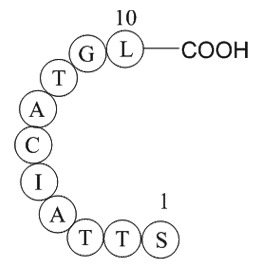
The overall shape of p110α/iSH2 is dramatically different from DGKB or SK1, instead of forming a homodimer, p110α/iSH2 heterodimer has a triangular shape with iSH2 laying on the top and ABD, RBD, helical and kinase domain of p110α sitting in the bottom (Fig. 2B) (Gabelli et al., 2010; Huang et al.,
-
Beyond phosphorylation cancer cells may alter pyrimidine bio
2021-03-16
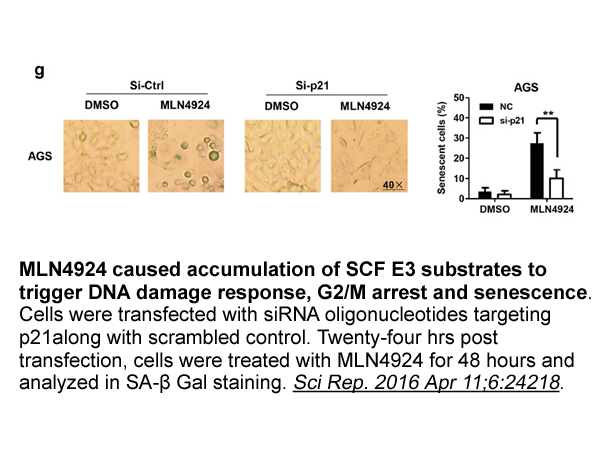
Beyond phosphorylation, cancer Axitinib australia may alter pyrimidine biosynthesis through the activation of the proto-oncogenic transcription factor MYC. MYC is a master regulator of many different pathways and has significant influence on the expression of nucleotide metabolism genes. Previous s
-
br Materials and methods br Results br Discussion CHIKV
2021-03-16
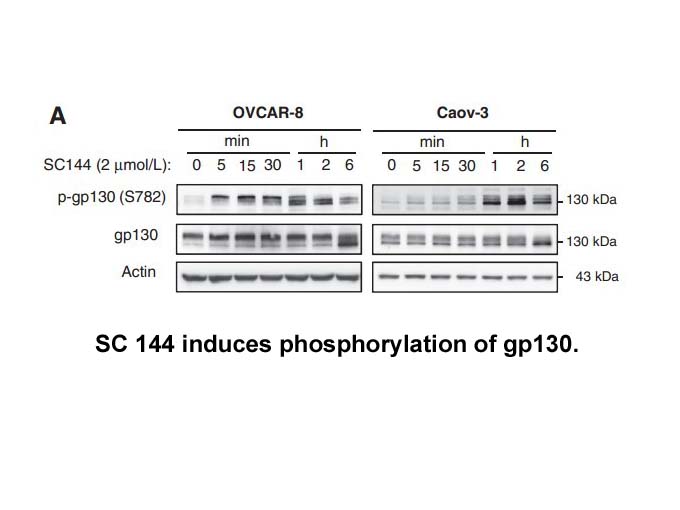
Materials and methods Results Discussion CHIKV is an important arthropod borne virus with substantial impact on global health and cause a major viral disease that requires the development of antiviral drug to combat chikungunya disease. Virus specific proteases have particularly become an a
-
For in vitro expression analysis of CXCL and
2021-03-16
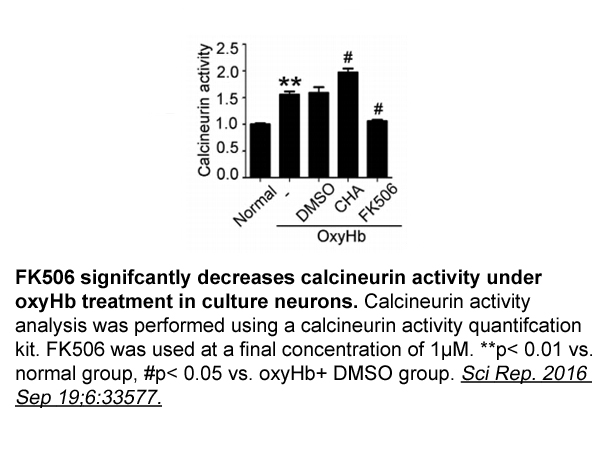
For in vitro expression analysis of CXCL8 and CXCRs by stimulated leucocytes, peripheral blood leucocytes (PBLs) were isolated using Percoll density gradient centrifugation as described earlier . Cell suspensions were adjusted to 5×10/ml. Four milliliters of tissue culture medium were plated per wel
-
GS967 In this study we further
2021-03-16
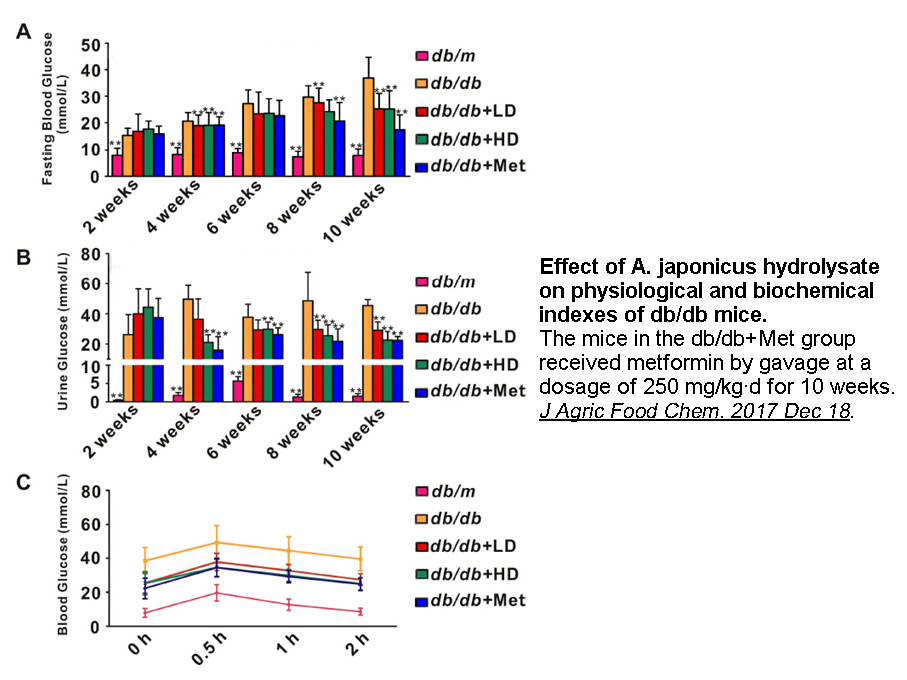
In this study, we further investigated the involvement of CRF1 and CRF2 receptors of the dPAG in the regulation of panic-related responses. For this, we used two animal models that associate escape behavior with panic attacks: the elevated T maze and the electrical stimulation of the dPAG (for a ful
-
Neuropeptide Y 13-36 (porcine) It is well established that a
2021-03-15
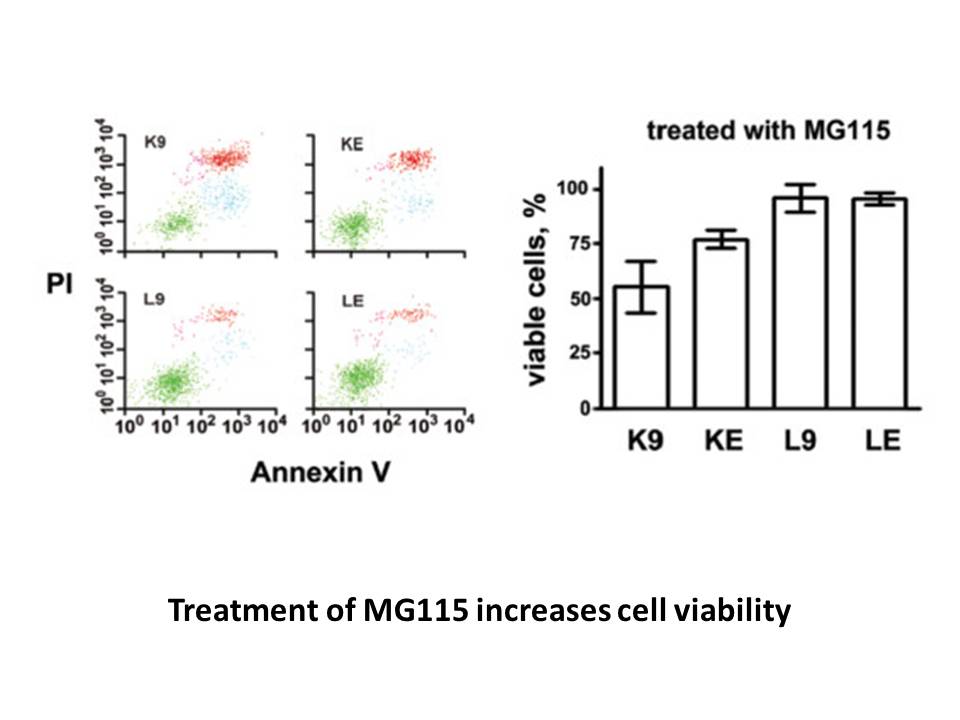
It is well established that a number of intracellular signaling pathways mediate sensitization of sensory neurons (Gold and Gebhart, 2010, Richardson and Vasko, 2002). This redundancy could be advantageous since it provides diversity in initiating and maintaining hypersensitivity in response to inju
-
beta 3 agonist Drug resistance to both pathogens and cancer
2021-03-15

Drug resistance to both pathogens and cancer has been a big hindrance in healthcare. Integrated research undertakings are being pursued to find the exact causes of the lack of response towards drugs. Surprisingly, host pumps are the key factors in failure of most drugs. The pumps either do not allow
-
br Conflict of interest statement
2021-03-15
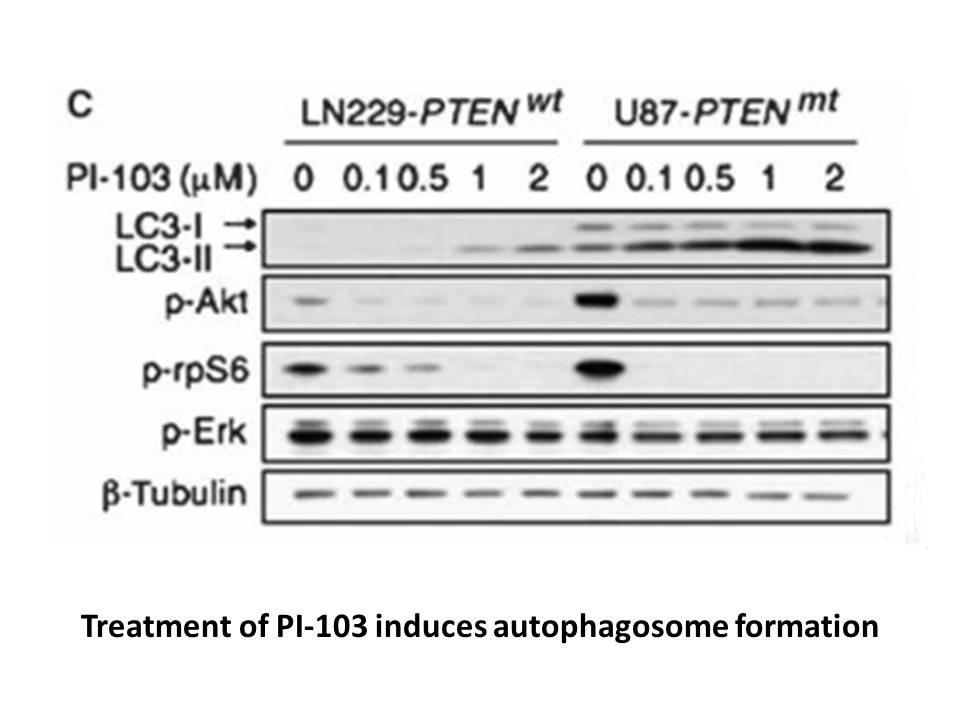
Conflict of interest statement References and recommended reading Papers of particular interest, published within the period of review, have been highlighted as: Acknowledgements We acknowledge financial support by the Swiss State Secretariat for Education, Research and Innovation (Federal
-
br Effects of culture conditions
2021-03-15
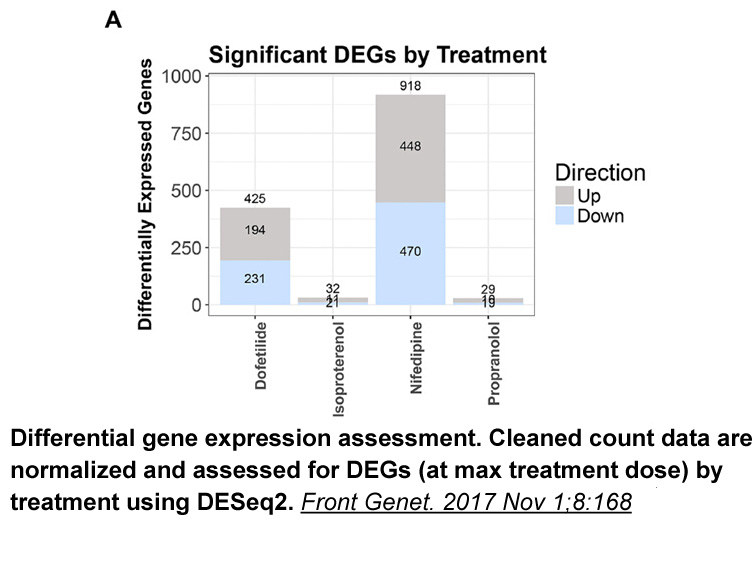
Effects of culture conditions on drug-induced gene olopatadine hydrochloride in primary human hepatocytes Past progress in elucidating the optimal conditions for the long-term cultivation of rodent hepatocytes has helped define some of the key components in the matrix and medium environment that
-
ER stress was monitored by both an increase
2021-03-15
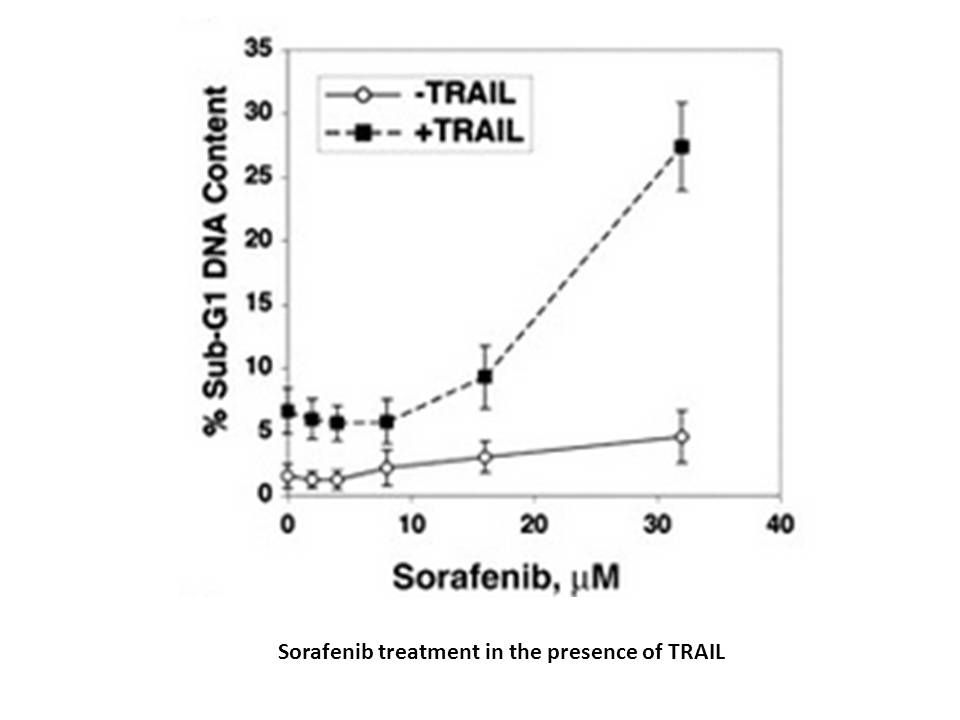
ER stress was monitored by both an increase of the ER chaperone (GRP78, GRP94) and the activation of the ER resident caspase-12. ER stress response (also known as the unfolded protein response) is a defense mechanism against various cellular stresses which causes accumulation of unfolded proteins in
16523 records 710/1102 page Previous Next First page 上5页 706707708709710 下5页 Last page